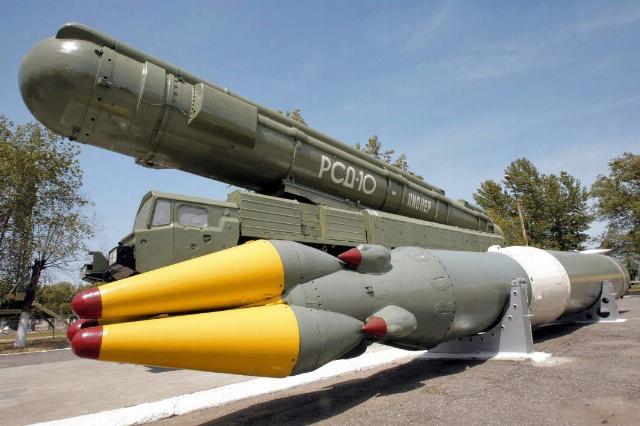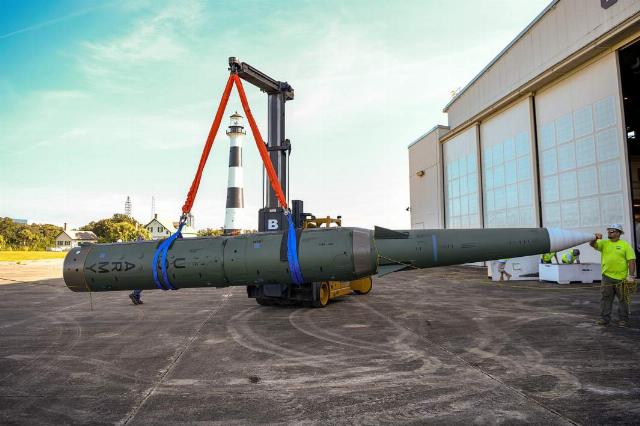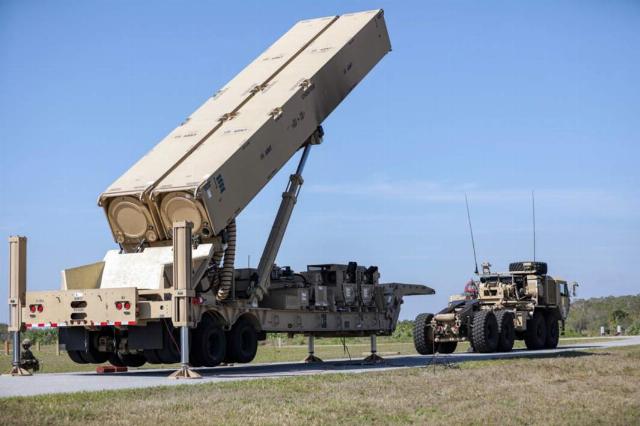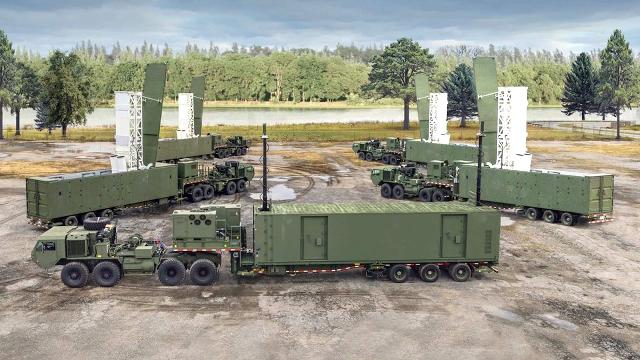Five years have passed since the termination of the agreement on intermediate-range and shorter-range missiles
Five years ago, at the initiative of the United States, the Treaty on the Elimination of Intermediate-Range and Shorter-Range Missiles (INF) terminated. During this time, the United States initiated the creation and prepared for deployment of several new missile systems and even began talking about their possible deployment in Europe. Izvestia investigated what and how has changed overseas after the termination of the treaty and how Russia will react.
The history of the agreement
The Treaty on the Elimination of Intermediate-range and Shorter-range Missiles was concluded between the USSR and the United States in 1987. According to him, several classes of surface–to—surface missiles were subject to destruction - ballistic and cruise missiles of short (from 500 to 1000 km) and medium (from 1000 to 5500 km) range. The deployment, development, production and testing of complexes of these types were prohibited. The treaty put an end to the long-term missile race between the USSR and the United States, which began after the deployment of Soviet medium-range RSD-10 Pioneer mobile missiles (Western designation SS-20) in Europe.

The RSD-10 Pioneer medium-range missile system (SS—20 in NATO terminology)
Image source: Photo: RIA Novosti/Denis Abramov
The peculiarity of the treaty was also that if only two types of missiles were destroyed in the United States, then in the USSR a noticeably larger number of complexes went under the knife — both in types and quantities. The USSR was reducing mobile intermediate-range ballistic missiles "Pioneer" (each carrying three warheads), mobile missile systems with cruise missiles RK-55 "Relief", mobile short-range missile systems OTR-22 "Temp-S", OTR-23 "Oka", and stopped work on the creation of several more promising missile systems — "Oka-U", "Volna", "Volga", "Pioneer-3", "Speed".
For Soviet rocket scientists, the treaty became a tragedy — the results of several years of work and hundreds of missile systems were destroyed. On the contrary, they approached the issue very flexibly overseas. And, having gone to the destruction of two classes of weapons systems (Pershing-2 ballistic missiles and land-based BGM-109 Tomahawk cruise missiles), the Americans literally shifted the center of gravity in such weapons to aviation and the navy on the move. Both the Navy and the US Air Force have been developing several types of cruise missiles. They became non-nuclear, and this allowed them to be used in numerous local conflicts. The development of these types of weapons systems has been carried out in the United States all these years, and currently the US Air Force and Navy are equipped with a fairly wide arsenal of weapons with a range of 300 to 3000 km, which do not fall under the INF treaty.

The American intermediate-range ballistic missile Pershing-2
Image Source: Photo: US Army
In addition, the US allies in NATO also did not sit idly by all this time — in the UK and France, several types of intermediate-range cruise missiles (more than 500 km) for aircraft and naval carriers were created and adopted. And now it is also quite an impressive force. By the way, it is these missiles that are being delivered to Ukraine today — Storm Shadow and SCALP-EG.
American developments
How did the United States use these five years that have passed since the country's withdrawal from the missile treaty? At the initial stage, America was full of optimism — new hypersonic technologies promised the creation of a unique high-speed precision weapon, which, taking into account conditionally unlimited financial possibilities, allowed the deployment of a new American missile baton in a matter of months. Several projects were launched at once, which were also supposed to show American technological superiority.
Years have passed, and it has become clear that to achieve success in hypersonic unlimited funding is not enough — years of development work and testing are needed. In principle, there was no doubt that the US had achieved its goals. But the first complex that they are ready to deploy turned out to be without a hypersonic missile, but with an old classic almost Tomahawk. In fact, a marine launch system was adapted for a land-based mobile launcher and a universal Typhon mobile missile system was obtained, which can use SM-6 anti-aircraft missiles with both air–to-ground and ground–to-ground capabilities (range today is up to 450 km, the new version is up to 700 km), as well as Tomahawk cruise missiles with a range of up to 1800 km.
The American Typhon mobile missile system during tests
Image Source: Photo: US Army
Tomahawks are subsonic, and they need about two hours to fly at full range, but when deploying several batteries of these complexes, dozens of cruise Tomahawks can become a problem for any air defense. Especially if they are used in conjunction with aviation and faster hypersonic missiles.
Just with the creation of the hypersonic complex, American rocket scientists have held out for a while and are only now entering the stage of readiness for its deployment. We are talking about the Dark Eagle missile system with the LRHW (Long-Range Hypersonic Weapon) hypersonic missile. The warhead of this missile is the guided hypersonic combat gliding unit CHGB (Common Hypersonic Glide Body). The range is 2,770 km at a flight speed of five speeds of sound. The flight time to Moscow for such a missile will be about 14-15 minutes, which is more than that of the Pershing-2 ballistic missiles of the 1980s. Nevertheless, a planning hypersonic combat unit can perform maneuvers both in direction and height, and thus is an extremely difficult target for modern air defense, and unique modern guidance systems allow such weapons to be highly accurate.

The LRHW Dark Eagle launcher during Operation Thunderclap at Cape Canaveral
Image Source: Photo: commons.wikimedia.org
In total, only by 2026 the program for the creation of American ground-based hypersound will be completed, that is, a revolutionary missile system will be created, for which the United States withdrew from the INF Treaty.
As for the Russian response to the termination of the INF Treaty, Russia initially linked its retaliatory measures with the creation and deployment of missile systems overseas. The scientific, technical and technological groundwork that exists in our country allows us to quickly create and begin deploying systems of various kinds - from conventional short— and medium-range ballistic missiles using, for example, developments on the Iskander-M missile system to hypersonic cruise missiles "Zircon" in the version with a ground-based launcher and intermediate-range (close to intercontinental) missiles based on the Rubezh missile system, which partially uses the technical solutions of the Yars complex. Russia can quickly choose the most effective missile systems for deployment, which completely fends off the actions of the United States or NATO countries to increase the missile danger. But there is still a chance to come to an agreement.
Dmitry Kornev

